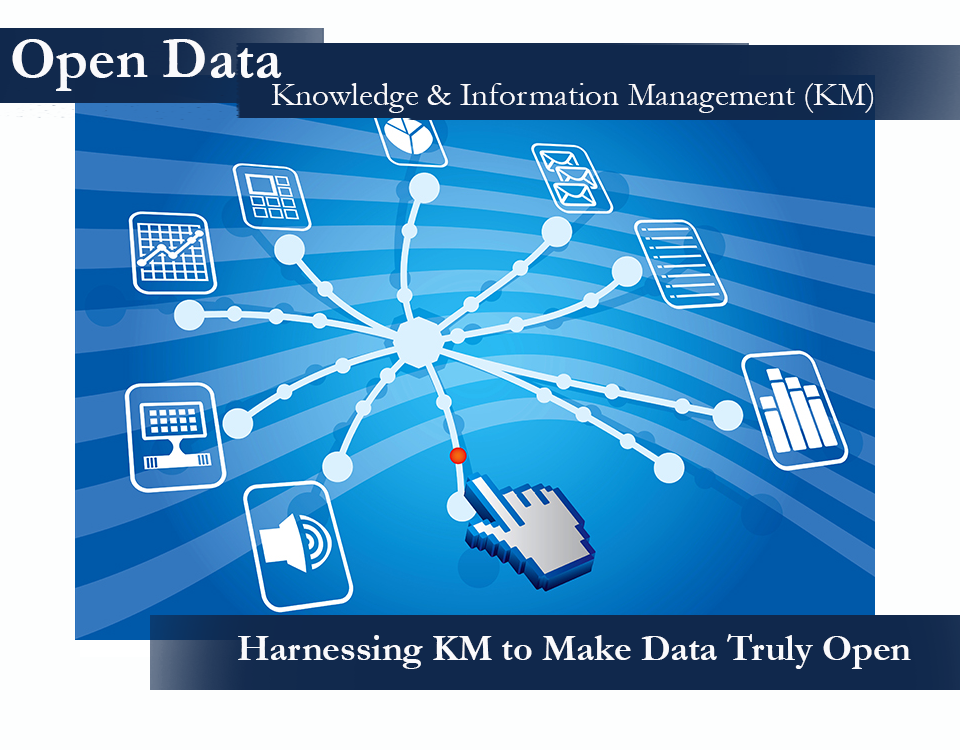By Marcus Durand on Tuesday, August, 21st, 2018 in Blog Posts,Health IT,Latest Updates. No Comments
This piece is the final installment of a six-part series called “Open to potential: How embracing open data can advance public health practice, governance, and research.” See links to the previous Parts 1-5 below, at the base of this post.

Open to Potential
This open data series has examined a lot, including:
- the importance and potential of open data
- the importance of sound knowledge management to its sustainability
- the value it can add to public health practices
- government service delivery and accountability
- scientific research
While open data has both challenges and critics, most governments have acknowledged its value in principle, and have taken steps (both symbolic and practical) to move toward opening their data to the public.
Progress Stalled
Unfortunately, recent analyses reveal that, after an initial “open data sprint,” progress toward opening critical data has stalled. According to last year’s Open Data Barometer report:
[W]e found that only 7 percent of the data [analyzed for the report; 1,725 datasets from 15 different sectors across 115 countries] is fully open, only one of every two datasets is machine readable and only one in four datasets has an open license. While more data has become available in a machine-readable format and under an open license since the first edition of the Barometer, the number of global truly open datasets remains at a standstill.
We have already discussed challenges to open data sustainability, which is likely a significant factor in this lack of progress. But the report points to another equally important consideration: making data truly open entails much more than simply making it accessible on the web. Open data best practices call for data to be both technically open and legally open.
Technically Open Data
Data that is technically open is in a machine-readable format. While digital files allow people to access information online (either on a computer or their smart phone), machine readability requires the data to be accessible in such a way that it can be processed and transformed by a computer application. The US Office of Management and Budget explains machine-readability as follows:
Format in a standard computer language (not English text) that can be read automatically by a web browser or computer system. (e.g.; xml). Traditional word processing documents and portable document format (PDF) files are easily read by humans but typically are difficult for machines to interpret. Other formats such as extensible markup language (XML), (JSON), or spreadsheets with header columns that can be exported as comma separated values (CSV) are machine readable formats.
There are a large number of different machine-readable formats in which data can be made available. Emily Shaw of the Sunlight Foundation explains that the choice of format should depend on the intended audience:
Technically open means that data is easily accessible to its intended audience. If the intended users are developers and programmers… the data should be presented within an application programming interface (API); if it’s intended for researchers in academia, data might be structured in a bulk download; and if it’s aimed at the average citizen, data should be available without requiring software purchases.
Legally Open Data
Data that is legally open must have an accompanying license that allows it to be used (and re-used) freely and without restrictions. It cannot be restricted to non-commercial uses (e.g., educational or informational purposes), and it should not require any access fees. It must also be free of any copyright protections. According to the Sunlight Foundation’s open data guidelines:
If information is to be truly public, and maximally re-usable, there should be no license-related barrier to the re-use of public information. To be completely “open,” public government information should be released completely into the worldwide public domain and clearly labeled as such. Opening data into the public domain removes barriers to information access, helps disseminate knowledge, aids in data preservation, promotes civic engagement and entrepreneurial activity and extends the longevity of the technological investments used to open information in the first place.
Overcoming Barriers to Make Data Truly Open
While these are simple enough requirements for open data proponents to advocate for, public sector program managers may be hesitant to fully commit to opening their data – and understandably so, as they face both technical and cultural barriers. However, as discussed previously in this series, sound knowledge and information management can go a long way in clearing the path to making open data programs sustainable – and many of the solutions to implementing a culture of knowledge management in public health agencies translate well to opening public health data, and public sector data more broadly. Considering the possibilities and potential benefits of more open data to both operational efficiency and the public good, it could be a worthwhile investment for your organization.
This piece is the fifth installment of a six-part series “Open to potential: How embracing open data can advance public health practice, governance, and research.”
See part 1 of this series: Open Data: What is it and Why is it Important to Public Health?
See part 2 of this series: Open Data: Why Knowledge Management is Critical to its Sustainability.
See part 3 of this series: Open Data: Inspiring Action and Improving Practice in Public Health.
See part 4 of this series: Open Data in Government: Transparency, Accountability, & Improving Service Delivery.
See part 5 of this series: Open Research Data: Strengthening the Scientific Process.
For more information, check out Cadence Group’s Practice Pages for Health IT.
Follow us on Twitter @CadenceGroup for updates and other Cadence Group news.
